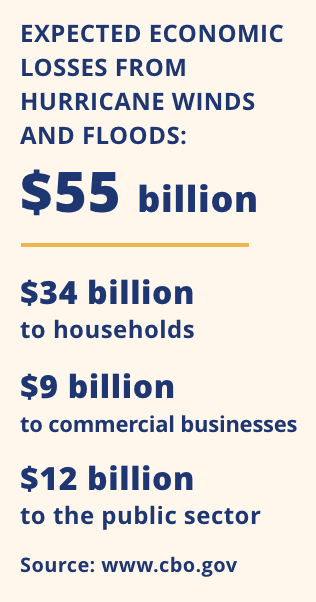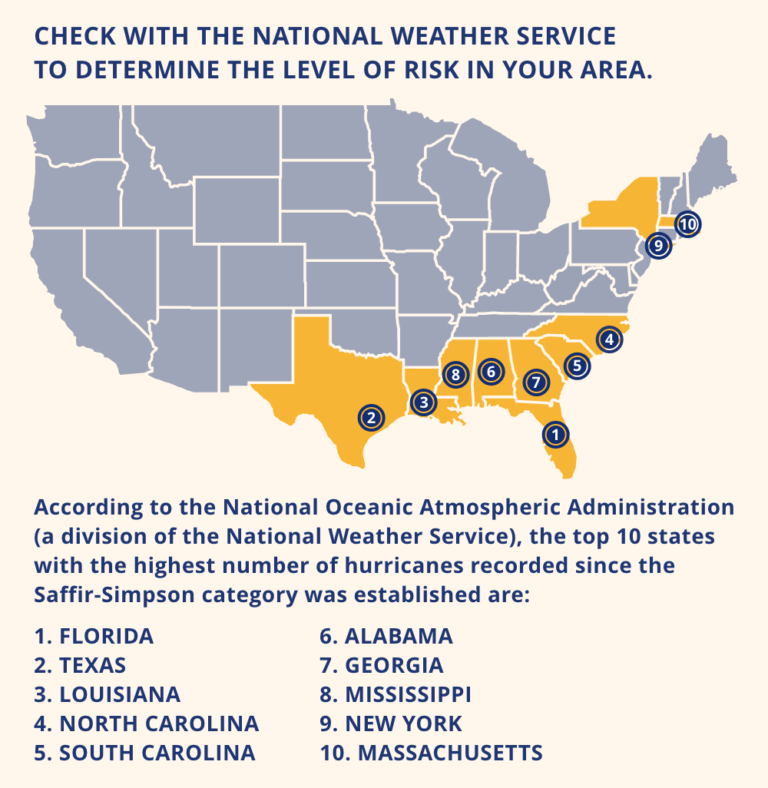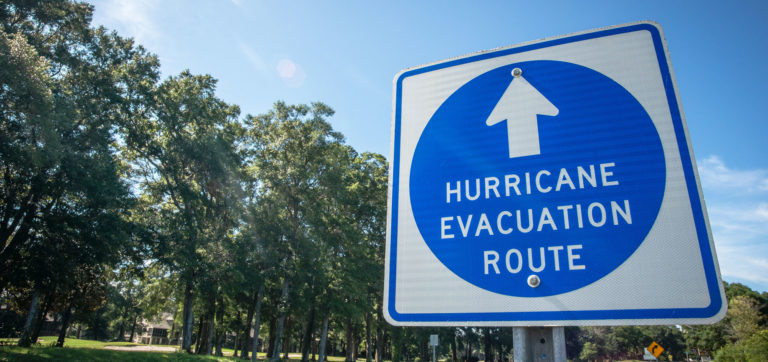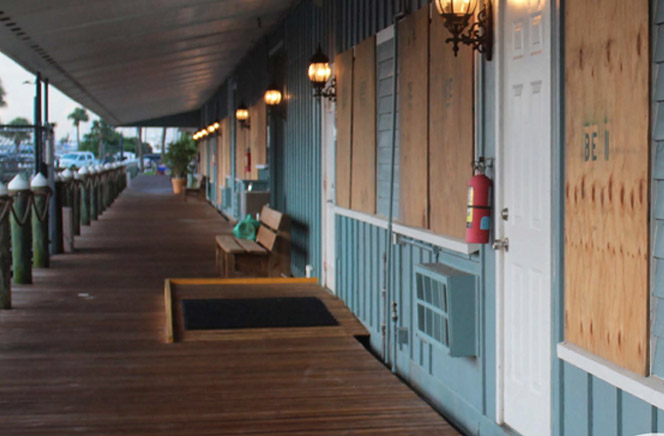
Hurricane season is in full swing from June 1 to November 30 for the Atlantic, and May 15 to November 30 for the Pacific. Hurricanes are a potential threat to any coastal area, especially the Gulf Coast region. The Gulf Coast’s warm water facilitates hurricane activity and development, while the unique blend of water, wind and other inclement weather components essentially create “the perfect storm.” Annually, hurricanes inflict approximately $10 billion in damages in the United States, with much of that damage incurred in the U.S. Gulf Coast states.
While the National Oceanic Atmospheric Administration (a division of the National Weather Service) will release its 2021 predictions at the end of May, the Colorado State University Tropical Meteorology Project Team forecasts an “above average” Atlantic hurricane season this year, with 17 named storms. This includes eight hurricanes, four of which are predicted to become major hurricanes. Preparing for hurricane season can be overwhelming, but properly doing so can help soften the aftermath. In this month’s newsletter, we lay out the basic information you’ll need to know before the storms arrive.

Types of Hurricane Damage
Hurricane season can be unpredictable, but the weather patterns and damages each storm causes are usually the same. The most common types of threats during these tropical storms can be placed into three categories: floodwaters, winds and tornadoes. Flooding typically results from heavy rains and storm surges and is the most dangerous and destructive aspect of hurricanes according to the National Hurricane Center (NHC). Windstorms not only topple trees and structures but also lift and carry loose materials through the air, causing more damage and more items to become airborne in a constant cycle until the storm passes. In tandem with windstorm damage, hurricanes provide all the necessary ingredients to create tornadoes, and most hurricanes that make landfall will do so. The intense winds produced by tornadoes are faster and stronger than the gale force winds from hurricanes, posing even more hazards to buildings, the landscape and, of course, inhabitants.
Upcoming Live Webinar

Insurance

Residential and commercial insurance policies rarely cover all hurricane damages in an “all-inclusive” package. It’s important to separate your policies to insure your home or building against the two main sources of hurricane damage: water and wind. Neither a standard homeowners nor business insurance policy will cover flooding, including water from a storm surge. To get coverage, flood insurance needs to be purchased separately through the National Flood Insurance Program (NFIP) or a private market.
Regarding windstorm insurance, standard policies–for both home and business–cover damage caused by wind, including hurricanes. Sometimes, however, it might be available as a rider on your current policy. Windstorm insurance covers damage from any strong wind, not just hurricanes, and often applies coverage for hail damage, as well. Mitigating the impact of hurricane losses is a crucial priority, so speak with your insurance provider to be sure your coverage is correct for your specific needs.
Physical Preparations to Homes and Buildings
Before a hurricane hits, a lot can be done to help ensure a property is as safe and ready as possible for weathering any incoming storms.

Within the interior:
- Disconnect electrical devices
- Clear off items from tables, counters, mantles, etc.
- Take down loosely secured items from the walls
- Move equipment, furniture, files and other items away from windows and as close to the center of the building as possible
For exterior and surrounding property considerations:
- Tend to trees by trimming them back or tying down
- Secure outdoor furniture and other items
- Ensure the structure of the building is properly sealed and secured
- Board up glass windows and doors with plywood if storm shutters are not installed. Note: Make sure that the wood is fastened securely; if not, it can become airborne in the forceful winds, causing even more damage. The fewer items and debris flying around in the storm, the better.

Preparing Construction Jobsites
If your building or any area of your property is under construction, coordinate with your contractor to make sure they’re taking all necessary precautions. It is recommended you and your contractor have a hurricane preparation meeting, going through a thorough checklist of storm precautions. Establishing protocol will protect your building, assets and the entire community. Check with local building officials, secure/remove jobsite equipment and items that could become airborne during the storm. Ensure structural security and integrity of the actual building being constructed or renovated. Secure hazardous materials and chemicals that will spill into the environment during the hurricane.

Extra Prep
Take complete inventory of your property and the items within the property that are valuable and insured before hurricane season. Having a disaster recovery plan ready is imperative for getting your life, home, and business back to normal as quickly as possible after the devastation of a hurricane. Knowing which restoration firms you want to work with, and doing your research in advance, will take the stress and burden off your plate after a storm. Make sure you have an emergency radio for updates from the National Weather Service and state and local governments while internet and cell phone reception are available. Know what the best emergency routes are for your area and have multiple options mapped out.


